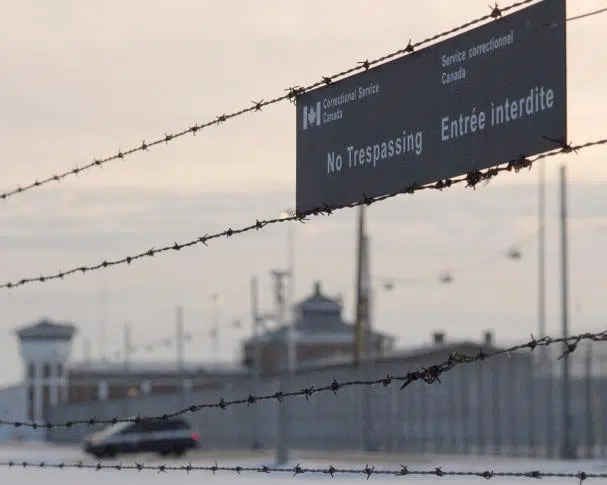
Correction Services Canada releases investigation into deadly 2016 riot
It was 15 months in the making, but Correction Service Canada (CSC) has released their report into a deadly riot at the Saskatchewan Penitentiary.
On Wednesday, Dec. 14, 2016, 131 inmates at the federal correctional facility from five ranges were involved in a riot, which left one man dead and two more critically injured. According to the report, an estimated $3.5 million in damage was caused over the span of roughly six hours.
“Inmates in one area of the institution destroyed government property, barricaded the range barriers, armed themselves with weapons and shields and covered their faces,” the report read. “Other inmates reported that once the riot started, they were fearful of these inmates if they did not participate.”
The riot started at 1 p.m. and, according to the report, the facility was secured by the Emergency Response Team by 7:25 p.m.


